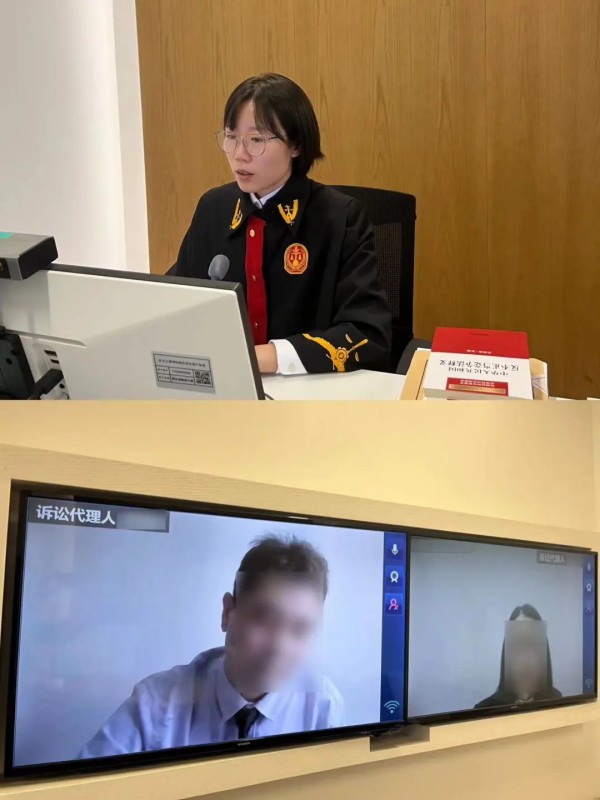BIC opens trial of case on 3D hologram copyright infringement and unfair competition

The Beijing Internet Court (BIC) recently publicly heard an intellectual property infringement case involving 3D holographic projection.
The plaintiff is a leading holographic display technology and service provider in China, whose main business is to develop and produce holographic display equipment and provide a wide range of holographic display services. According to the plaintiff, commissioned by a third party, it created the 3D animation works involved in the case and is the copyright owner of the abovementioned audiovisual works. The defendant used the involved works for product sales promotion on multiple e-commerce platforms without permission, infringing on the plaintiff's rights to authorship, reproduction, projection and information network dissemination.
Additionally, the defendant and the plaintiff are business competitors in the same industry. The defendant used the involved works for product promotion, usurping potential trading opportunities that rightfully belonged to the plaintiff. It was false publicity behavior which disrupted the market competition order, damaged the plaintiff's legitimate rights and interests and constituted unfair competition, the plaintiff said, requesting that the defendant stop the copyright infringement and unfair competition behavior immediately, compensate for a total of 300,000 yuan ($41,525) and publish an apology statement via public media to eliminate the negative impact.
The defendant argued that although they published the involved works on the aforementioned platforms, the plaintiff conducted secondary 3D visual creation on works that are under the copyright of others. This creation process requires the use of artificial intelligence (AI), and at present there is no law stipulating the copyright ownership of AI products. The degree of originality of the plaintiff's secondary creation was low to meet the standards of works, thus the plaintiff does not qualify for copyright protection. Also, the plaintiff sold the involved 3D works at its platform as a commodity or free download. The defendant paid for and downloaded it to use it, which did not constitute intent for malicious competition, therefore not constituting unfair competition. The defendant thus requested the BIC to dismiss all the plaintiff's claims.
This case involves the identification of the property of works generated by 3D holographic imaging using AI technology, as well as the identification of copyright infringement and unfair competition using 3D hologram technology, which is of demonstrating significance. The case is still under trial.

 Beijing Internet Court Lawsuit Service WeChat Account
Beijing Internet Court Lawsuit Service WeChat Account  Beijing Internet Court WeChat Account
Beijing Internet Court WeChat Account